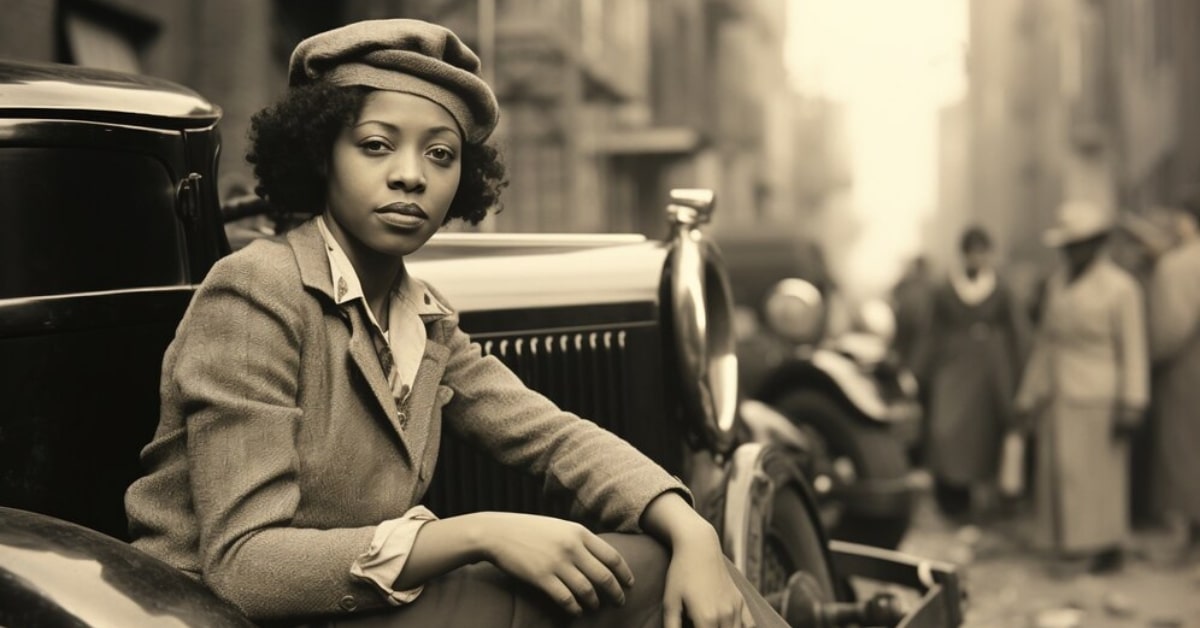Old photos are like time capsules, holding memories and stories of the past. However, the ravages of time, wear, and fading can diminish the quality of these cherished images. This is where the art of retouching old photos comes into play. In this article, we’ll explore the world of photo retouching, understanding its significance, techniques, and the tools that can help you restore the beauty of your treasured memories.
Timeless Value of Old Photos
Old photos capture moments in time, offering a glimpse into the past and providing a visual record of history, family, and personal stories.
What Is Photo Retouching?
Photo retouching is the art of enhancing and improving the visual quality of photographs, particularly old or damaged ones. It involves a variety of image editing techniques to correct imperfections, adjust colors, and restore details.
Techniques for Retouching Old Photos
- Color Correction: Adjusting color balance and saturation to restore vibrancy.
- Spot and Scratch Removal: Carefully removing imperfections, stains, and scratches.
- Contrast and Brightness Enhancement: Improving overall image quality by enhancing contrast and brightness.
- Detail Enhancement: Sharpening image details for a clearer and crisper look.
- Digital Retouching: Eliminating imperfections, wrinkles, or other blemishes from the photo’s subjects.
Top Tools and Software for Photo Retouching
a. Adobe Photoshop: A professional-grade software offering a wide range of retouching tools.
b. Adobe Lightroom: Known for its user-friendly interface and photo enhancement capabilities.
c. Snapseed: A mobile app for quick and easy photo retouching.
d. Luminar AI: An AI-powered software that simplifies the retouching process.
e. PortraitPro: Specialized software for portrait retouching and enhancement.
Benefits of Retouching Old Photos
- Preserving Family History: Retouching old photos ensures that family memories remain vivid for generations to come.
- Documenting Historical Events: It plays a crucial role in preserving historical events and moments.
- Enhancing Personal Archives: Retouched photos make personal collections more vibrant and appealing.
Tips for Successful Photo Retouching
- Use High-Quality Scans: Start with high-resolution scans to work with the best possible image quality.
- Work with Copies: Always work on copies of original photos to avoid irreversible changes.
- Understand the Tools: Familiarize yourself with the retouching tools and techniques offered by your chosen software.
- Practice and Experiment: Don’t be afraid to experiment and practice your retouching skills.
Conclusion
Retouching old photos is like bringing back the magic of bygone days, making cherished memories more vibrant and vivid. Whether you’re preserving family history, documenting historical events, or enhancing your personal collection, the art of photo retouching empowers you to connect with the past in a whole new way. By understanding its techniques, tools, and the benefits it offers, you can embark on a journey of transformation, making your old photos as captivating as they were when first taken.
FAQs
Can retouching old photos completely restore severely damaged images?
While retouching can significantly improve moderately damaged photos, severely damaged images may still have some imperfections.
How long does it take to retouch an old photo?
The time required depends on the extent of damage and the complexity of the retouching. Simple fixes may take a few minutes, while more complex projects can take hours.
Can I request specific enhancements or changes during the retouching process?
Yes, you can communicate your specific retouching needs and expectations to the retoucher or use retouching software to achieve the desired results.
Can I retouch printed physical photos, or is it limited to digital images?
You can retouch printed photos by scanning them to create digital copies for editing.
Can I undo retouching if I’m not satisfied with the results?
Most photo editing software allows you to undo changes, ensuring you can revert to the original photo.
This page was last edited on 22 February 2024, at 10:28 am
